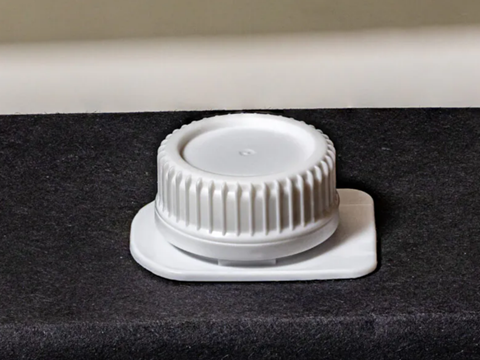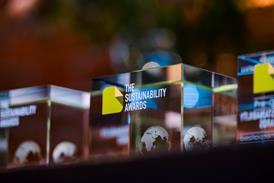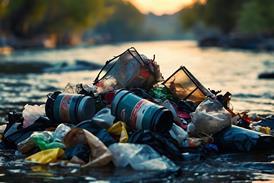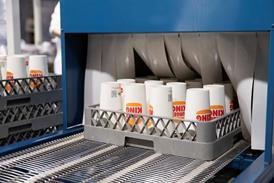
Corvaglia has introduced its first closure for aseptic carton packaging, reportedly made of 100% HDPE and able to be integrated into existing carton packaging filling lines without any technical adjustments.
The company states that the cap’s cutting surface design ensures clean cuts through the pre-laminated hole, aiming for ‘effortless opening’ of the packaging. At the same time, the design seeks to minimize the amount of residue that remains in the packaging after pouring, contributing to reducing food waste.
According to Corvaglia, the closure is easy to grip and is particularly suitable for people with smaller hands or reduced hand strength. The low opening-torque helps to make it easier to unscrew and the easy reclosing allows for a comfortable user experience.
The company adds that as the SabreCap is made of 100% HDPE, it makes it easier to recycle, as using a single material facilitates recycling and increases the value of the plastic for recycling companies. Mass-production for the SabreCap began at Corvaglia’s US site in Newnan, GA earlier this year.
In February Berry Global revealed its bottle and cap solution made from post-consumer recycled (PCR) plastic, designed for ‘eco-friendly’ performance lubricants manufacturer Green Oil. Berry stated that the closure can be recycled at its end of life in countries where the appropriate recycling infrastructure exists.
More recently, Wimbée and Koehler Paper, part of the Koehler Group, claim to have developed the ‘first’ cardboard cap with a paper coating to top aerosol cans, with Héritage’s O’Cedar furniture care products among its first applications. Apparently, NexCoat Smart’s high fold-crack resistance provides ‘excellent’ laminating, shaping, and printing properties on the cardboard’s surface and reduces its environmental impact.
If you liked this story, you might also enjoy:
The ultimate guide to the Packaging and Packaging Waste Regulation in 2024
How are the top brands progressing on packaging sustainability?
Sustainable Innovation Report 2024: Current trends and future priorities
Everything you need to know about global plastic sustainability regulation




















No comments yet